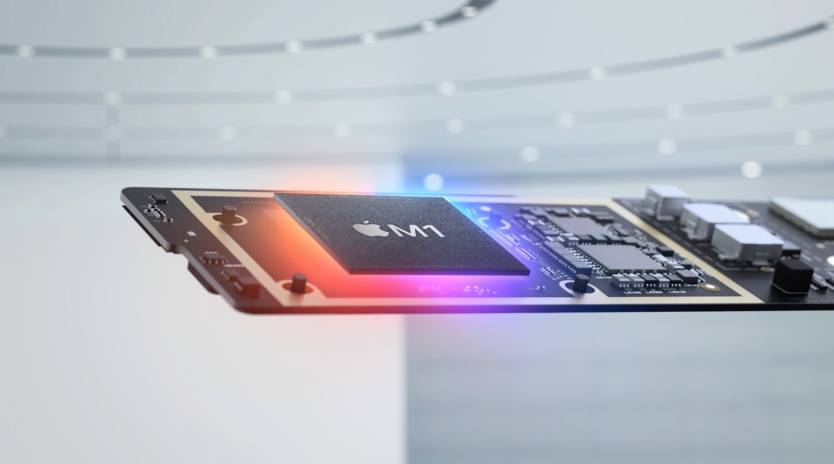Apple unveiled its custom ARM processor for desktops and laptops in November, launching three devices running on the M1 platform: The late 2020 MacBook Air, MacBook Pro, and Mac mini. The devices received rave reviews, especially the laptops, praised for their performance and long battery life. Maybe the best judgment of the M1 MacBooks comes from Intel, which mounted a massive anti-M1 campaign, criticizing all the faults of Apple’s M1-powered hardware. Intel’s stunt backfired, with the chipmaker receiving plenty of criticism for the way it chose to compare Intel laptops to M1 MacBooks.
If there’s one thing to criticize about the M1 Macs, it’s that they’re hard to upgrade. That’s not news for anyone buying MacBooks, as they come with RAM and SSDs that are soldered to the logic board, making user upgrades impossible. But the same goes for the M1 Mac mini, which has a logic board with soldered memory and storage. It turns out there is a way to upgrade the RAM and storage of the M1 Macs, but you absolutely should not do it.
The advantage of having the RAM and storage soldered to the logic board is that it gives Apple the ability to slim down the size of laptops and increase the battery capacity. The same thing happens on the iPhone and iPad or any smartphone or tablet. Those devices don’t allow users to upgrade the RAM or built-in storage — though some Android devices do have microSD slots for storage expansion.
One other thing to note about soldered chips is that Apple’s RAM and storage choices can certainly be trusted. These components contribute to the overall speed of devices, whether it’s the M1 Macs, the iPhone, or the iPad.
The disadvantage of soldered memory and storage is that the Apple store is the only place to upgrade. And you have to do it at purchase time, as upgrades aren’t available down the road. You can’t take your M1 Mac to Apple to have them swap out the RAM and storage after the fact.

Removing the RAM and SSD modules from the logic board isn’t impossible, however. An engineer in China has found a way to upgrade both the memory and the storage on M1 Mac. MacRumors explains that reports of the achievement have been circulating on social media in China over the weekend, being picked up by local media.
Images shared online showed an M1 MacBook Air with 8GB of RAM and 256GB SSD being upgraded to 16GB of RAM and 1TB of storage. The operating system correctly identified the RAM and SSD, so macOS will not block these sort of updates — or not for the time being, at least.
Just because highly-skilled engineers can safely remove chips from an expensive motherboard and replace them with others, you shouldn’t attempt such upgrades at home. This sort of stunt will void the warranty, and there’s a chance of things going wrong. Not to mention that finding the right parts might be challenging. You’d need to use the exact RAM and SSD chips that Apple uses, albeit in higher capacities.
The safest course of action remains to upgrade the RAM and storage during purchase, especially if you’re looking to hold on to your M1 MacBook for several years. Another option is waiting for a new generation of Macs to score a better price for the previous-gen devices with maxed-out memory and storage.
Whether you buy a MacBook Air, MacBook Pro, or Mac mini, the M1-powered Macs come with either 8GB or 16GB of RAM and storage ranging from 256GB to 2TB.








